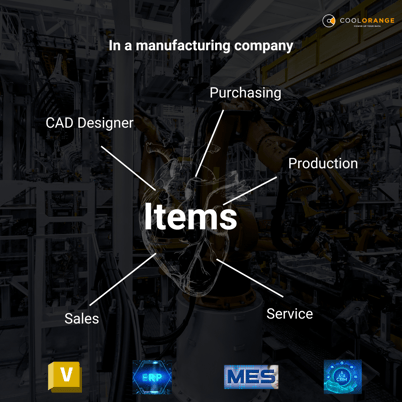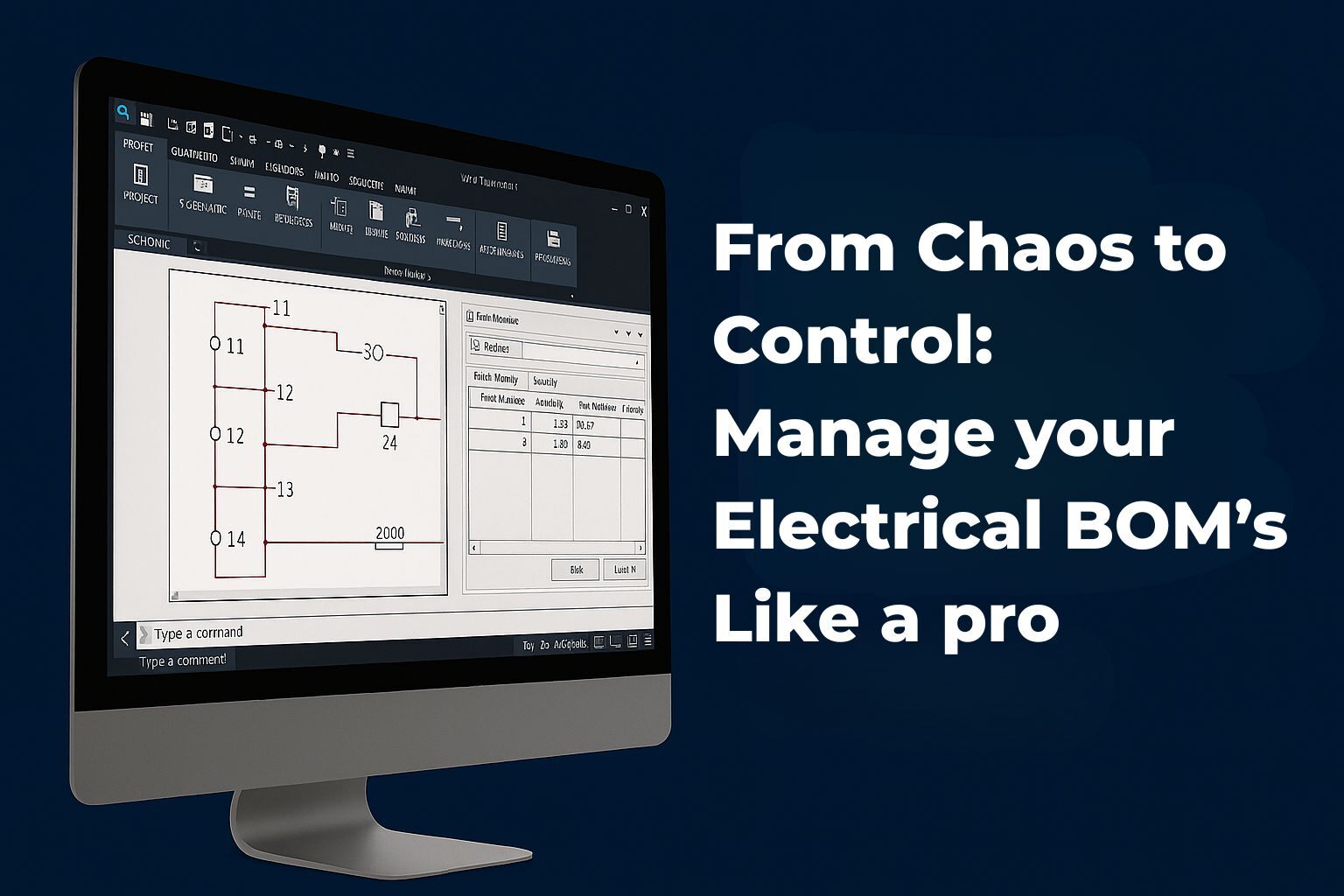Vault Best Practices
Automating Items in Manufacturing: A Design to Production Story - Part I

Items are at the heart of manufacturing companies making them to be an extremely important part of the production process. The major task of the design team is heavily invested in creating such items, however, the transfer process of items to the ERP system has always been done manually. This ultimately results in consuming an invaluable amount of time but also it is error-prone, unreliable, and tedious. All of this results in inaccurate processes and unwanted expenses due to wrong material orders and incorrect productions.
We understand the magnitude of this situation and have also heard from industry people the sufferings of manual transfer and the cost of producing the incorrect part. According to various sources whom we talked to, it was found that the average time taken to create an item can vary anywhere from a few minutes to half-an-hour or even more, and involves more than one person. If we multiply the average time by the number of items created per week, the effort involved, the complexity of the process and the resources required were tremendously high.
In this three-part post we will discuss items, the importance of their role in a manufacturing company and how coolOrange can support in automating the exchange of items so as to streamline the business process to increase productivity and reduce downtime and expensive errors.
So let’s start with a simple question……What is an item?
If you ask ChatGPT, the answer is “an "item" refers to a tangible physical entity that is used, produced, or managed within the production process. It encompasses a wide range of products, components, and materials that contribute to the creation of finished goods.”
An item in manufacturing refers to a physical product, component, or material that is used or produced as part of the manufacturing process. It can include raw materials, subassemblies, parts, and finished goods. Items are tracked and managed within a company's inventory system.
Source: APICS Dictionary, 15th edition (2013)
A tangible product or material that is produced, purchased, maintained, sold, or otherwise consumed in a business operation. Items can be managed in inventory systems, and they may have attributes such as descriptions, part numbers, and quantities.
Source: Oracle Documentation - "Defining Items"
All the above definitions of an “item” seem to be coherent across different sources but however, in the manufacturing industry itself, people with different roles using different software applications will view and define the “item” in different ways. Just like in our BOM blog where people with different roles referred to their BOM as eBOM or mBOM, similarly the “item” takes different form of definition in different systems.
-
A CAD designer will refer to the “item” as a number on a drawing that is used to describe the technical / physical information of a product such as its length, height, width, type, unit of measure, etc,. These so called properties are the result of a CAD application like Autodesk Inventor and are managed in a PDM system like Autodesk Vault.
-
A purchaser will describe the item using commercial properties like cost, delivery time, suppliers, stock availability, make or buy, etc,. They manage their items in ERP systems like SAP, Microsoft Dynamics, Oracle, Infor, IFS, PsiPenta and others such applications.
-
A production manager will connect production attributes such as production time, production cost, production steps (operations), and so on, and manages the same item with their MES application for production planning.
-
The person from the service department will consider alternative compatible versions or revisions, shipping cost, deterioration, etc,.
-
A sales executive will require parameters like discount, delivery time, minimum purchasing quantity, etc,., and manage the same item within their CRM system.
Different roles within a manufacturing company describe the item with different attributes and manage the item in different software applications.
All these people in their respective roles are describing the same item at different stages of the design-to-production process and there require the proper information and use the appropriate software to carry out their tasks.
Before we discuss about transferring items from Vault to ERP through the our process automation solutions, let’s have a look at different implications that comes with a few questions.
Who creates the item?
Usually it’s the designer, at least for the produced parts, who creates the part in his CAD system. The purchase parts can be created by the purchaser but usually at the request of the designer who needs that part for the product he/she designs.
Who generates the item/part number using which system?
As the designer creates most items, the obvious answer would be the designer within his PDM system like Autodesk Vault. In many cases the unique item number must be generated by the ERP system. The ERP is mostly the “source of truth” when it comes to items and BOMs.
If you fancy a short read on BOMs in the manufacturing industry, have a look at this article. ➡️
Which properties must the design team provide so that the ERP system accepts the new item?
And in case where the design team cannot provide such information, which default values shall be applied to pass the data validation of the ERP while creating the item?
Once the answers to the above three questions are clearly established, the complex process of automating the transfer of items becomes significantly simpler due to clear ownership.
In Part-2 of this story, we will explore the first automated solution offered by coolOrange, so make sure to stay tuned until next week. In the meantime, feel free to explore our other blog articles that may pique your interest. Who knows, you may even find solutions to address your manufacturing problems.





.png)